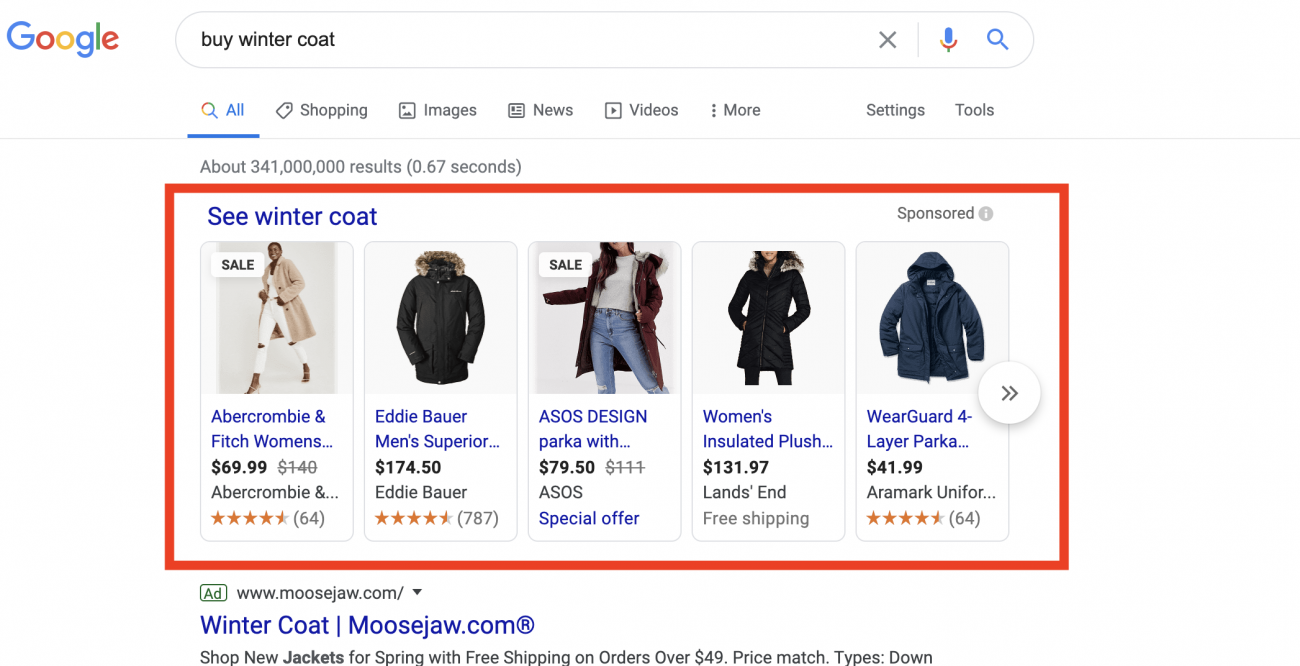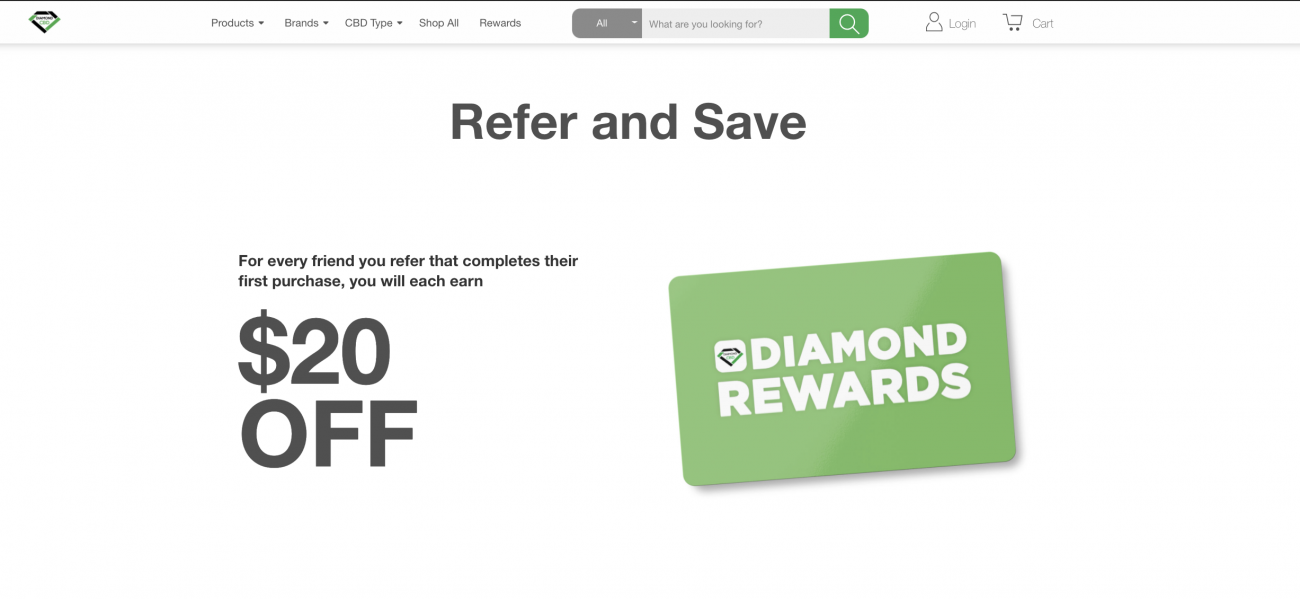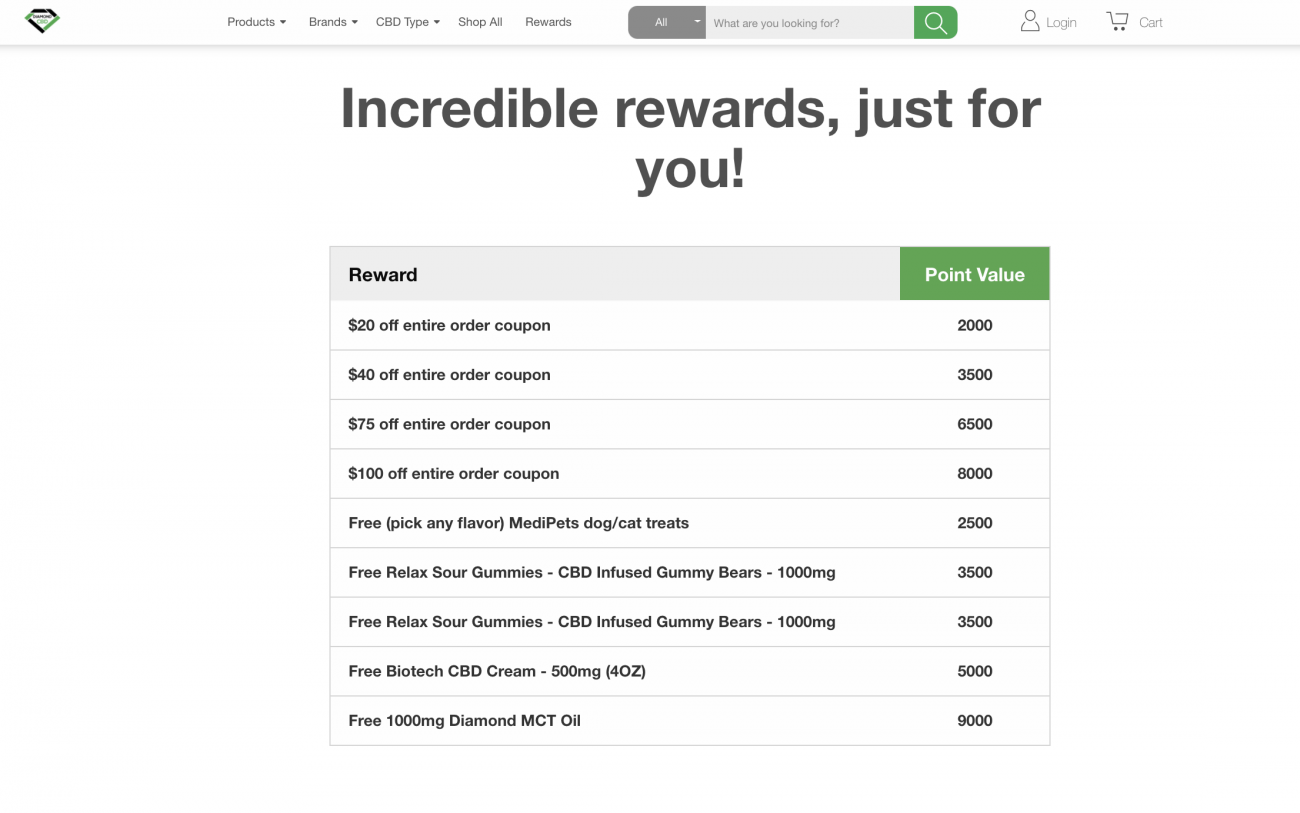KEY TAKEAWAYS:
-
It’s no longer enough anymore to just have an attractive website. You need to build a website that really engages with your target audience and keeps them coming back for more.
-
With more than half the country preferring to shop online, it’s up to you and your brand to start the conversation and stand out from the competition
-
CMS is computer software that allows you to build your website and manage all its content, including updating design, structure, and content as needed, all without writing code or learning programming.
-
When selecting the right CMS option for your business, be sure to consider key features that will do just that, from a drag-and-drop interface to pre-designed themes, and straightforward usability
-
With the majority of your e-commerce being conducted over mobile, smartphone, or smart devices, it is vital that your visitors' experience on mobile is as good as, if not better than your desktop version.
-
Reviews are very important to the well-researched buyer, and you need to showcase them alongside the reviewed product.
-
Adding tags to your social media can help improve the appearance of your site, posts, and content, including your images and videos.
-
Find new customers by creating a referral program that encourages your existing customers to bring their own friends and following to your site.
Think about it — you’re scrolling through your feed and stumble upon the perfect leather jacket for your new fall look. All you have to do is tap on the coat and you’re immediately taken to the online shop. In a matter of seconds, the jacket is yours. (And you’ve never looked better!)
That’s how e-commerce is changing the way we shop. It’s no longer enough anymore to just have an attractive website. You need to build a website that really engages with your target audience and keeps them coming back for more. That’s the key to building an e-commerce website that actually drives sales.
With more than half the country preferring to shop online, it’s up to you and your brand to start the conversation and stand out from the competition. You can do that by building an e-commerce store that attracts customers, drives sales, and encourages shoppers to return. It sounds like a mouthful, but it’s a lot easier than you’d think.
Creative Propulsions Labs is here to help you build the e-commerce website for your business needs. We’ve put together a list of our 8 best e-commerce solutions to help you build an online store that drives sales.
1. Use the right platform
Setting up an e-commerce website can be easy with a content management system, or CMS. Previously, web pages were written exclusively in HTML, JavaScript, and CSS programming languages, which meant that in order to build your site, you would need to either learn these complex languages and write a lot of code or hire someone to do it for you. Then came the CMS, a computer software that allows you to build your website and manage all its content, including updating design, structure, and content as needed, all without writing code or learning programming.
Depending on your needs, there is a CMS that will work best for you. Shopify’s more user-friendly platform allows people with little web experience to set up their e-commerce sites with easy drag-and-drop features and pre-existing templates, but users seeking more customization might prefer a CMS like Drupal Commerce, which allows for more tailored, coded website content and features, without the pre-existing themes.
73% of consumers will switch from a poorly designed mobile site to one that makes purchasing easier. (Source: wpforms)
In this day and age, it is crucial that your chosen CMS is one that is both mobile-friendly and able to connect with social media. Customers want an easy shopping experience, and you want a way to stay connected with your shoppers. Shopify is probably the first to come to mind. They are fast, efficient, and connect seamlessly with Instagram. If you want a more customized experience, Drupal is flexible when it comes to content types, supporting videos, polls, and podcasts.
-
Shopify Cloud-based, SaaS shopping cart solution, with access to an admin panel to store data, add products, and process orders.
-
Drupal Commerce Build eCommerce websites and apps with content authoring, reliable performance, excellent security, and module flexibility.
-
Magento Commerce Open source technology platform with powerful marketing, SEO, and catalog-management tools, along with total control of their online store.
-
Woocommerce An open-source e-commerce plugin for WordPress with a simple to use interface and website themes designed for small to large-sized online merchants using WordPress.
-
Wix Intuitive website-building platform for shop creation, where you can easily customize anything without coding, from product pages to the checkout page, allowing you to be as creative as you want with your site.
-
BigCommerce Paid, hosted e-commerce SaaS solution to help business owners set up an online store and sell their products online.
-
Squarespace Open-source CMS and website builder that allows you to create a drag-and-drop website with more or work off of pre-designed themes with more simplistic and visual layouts.
Ultimately, your CMS should simplify your process. When selecting the right option for your business, be sure to consider key features that will do just that, from a drag-and-drop interface to pre-designed themes, and straightforward usability. You’ll also want to consider the CMS' data portability capabilities, in the event that you choose to switch platforms in the future, and available extensions and add-ons to supplement your site’s features.
2. Make sure it’s mobile-friendly
Online shoppers want an easy, breezy shopping experience they can do from the comfort of their phone.
66% of e-commerce time is being consumed on smartphones.
With the majority of your e-commerce being conducted over mobile, smartphone, or smart devices, it is vital that your visitors' experience on mobile is as good as, if not better than your desktop version.
This means optimizing not just your web design, but your entire user experience. Heavy images, for example, slow down your site and increase your page weight causing a loss in viewers. To combat this, opt for JPG over PNG images whenever possible.
The average time it takes to fully load a webpage is 10 seconds on desktop and 27 seconds on mobile. (Source: Backlinko)
Not only will a fast site and good design help you keep your customers, but Google’s smart algorithms will look at your page and analyze all aspects of it to rank it. Its algorithms figure out whether it is user-friendly or not, whether it functions on desktop and/or mobile, the size of your menus, whether links are functional or broken, the distance between buttons, and whether your items properly fit on the screen. If these areas are lacking, it will penalize you for it in your SEO rankings.
If you don’t have a mobile-friendly website, you’re going to cut your customer pool in half. Luckily, platforms like Shopify and Drupal are already mobile-friendly. Our work with Diamond CBD and Best Beauty Finds shows how we used Drupal and Shopify respectively to give shoppers the ability to navigate these sites across any mobile device with ease. Take a look at the work we have done for some of our clients.
3. Sell your products on Google
43% of e-commerce traffic comes from Google search (organic) and 26% comes from Google Adwords. (Source: Wolfgang Digital)
You can sell your products directly on Google when you set up Google Shopping, Google’s program for creating simple ads based on the products available on your e-commerce site. Your customizable ads can include product descriptions, customer reviews, and even photos so your shoppers can actually imagine themselves with your product.

The ads will then direct shoppers back to your e-commerce website, where you can further engage with them and upsell. Google Shopping be integrated easily with Shopify, Drupal, and other platforms, too.
4. Use customer testimonials and user-generated content
55% of shoppers claim that product reviews have an influence on their buying decisions. (Source: Finances Online)
Reviews are very important to the well-researched buyer, and you need to showcase them alongside the reviewed product. Take advantage of sharing customers’ reviews on Google Shopping, as well as other social media platforms, by using user-generated content and reviews to attract new customers and drive sales.

Ask your customers to share their reviews with unique hashtags, then use these reviews in your Google Ads. You can also use user-generated content throughout your e-commerce marketing campaign, even on your website, to build your brand and reputation.
If you are really serious about your reviews, make sure to invest in Review Management Software, which helps businesses collect testimonials and reviews, respond to negative feedback, and improve customer perception of the product, service, or offering.
-
Verified Reviews: This software is designed to organize website and product reviews to improve product ratings and sales, while also maximizing company visibility and promoting customer loyalty and trust. Verified Reviews uses rich snippets to improve a company’s SEO efforts.
-
Trustpilot: Trustpilot hosts reviews of businesses from users providing content in an online community that's open and accessible to everyone. People are encouraged to share their experiences in order to improve transparency, help build relationships, and enhance trust between businesses and consumers.
5. Really engage shoppers with Facebook Catalog and Instagram Product Tags
As you generate more influencer content, you’ll realize that we all check into Facebook and Instagram for different reasons. Not all of them are to shop, but you can make it easier for users to shop with you. By posting regularly and enticing customers to your website with product tags and engaging posts, you can get users to shop even when they aren’t particularly thinking about it. Product Tags on Instagram will take your followers to your online store when they click on the products in your photos, while Facebook Catalog allows you to create different ad campaigns with different conversion goals using a variety of posting styles.
Adding tags to your social media can help improve the appearance of your site, posts, and content, including your images and videos.
Using Open Graph tags (OG tags), Schema tags, and Twitter Cards are the typical ways to add social media tags, tags recognized by all major social media platforms including Facebook, Twitter, Google+, and LinkedIn. By pulling information from the meta tags, these apps display your website link accordingly. You can also use Twitter cards to add social media tags for Twitter.
Easily evaluate and visualize your content with Facebook’s Open Graph Debugger, test your schema tags with Google’s Structured Data Testing Tool, or access Twitter’s Card Validator Tool.
By adding these tags, you are tailoring the content of your site for your targeted audiences and platforms, ensuring you establish an omnichannel experience that captivates. When you share on social media, more engaging visuals will improve your share-ability and exposure across social media.
Additionally, a tool like the Chrome plugin meta Tag Analyzer can tell you if your most important meta tags are set up correctly.
6. Personalize your outreach with an email campaign
Building an e-commerce website that drives sales really boils down to having real conversations with your customers. You can start that conversation with social media, but if you want to stay in touch with them, think about starting some new email marketing campaigns. You can create different email campaigns for different shoppers. Reach out to your regular crowd with a monthly newsletter highlighting new products, or reach out to new shoppers with a friendly abandoned cart reminder. It’s more personal than a post on Instagram, and abandoned cart emails achieve a 4.64% conversion rate. This shows that you’re really paying attention to what your customers are doing and saying while demonstrating the kind of service they can expect from you throughout their shopping experience. We will work with you to create a targeted email flow that helps you convert potential buyers into loyal customers resulting in an increase in revenue.
Learn How to Create a High-Converting Welcome Series Email Flow.
7. Upsell to repeat customers
Upsells offer users the chance to purchase upgrades, including the more expensive or luxury version of their current purchase selection to increase the average order value, maximize the value of the purchase, and get the most money from the sale.
Upsells are 68% more affordable than acquiring a new customer.
You are more likely to upsell to a person already completing a purchase, so this is a great tool. Why not upgrade your existing purchase?
Learn more about upsells and 6 Keys to Increasing Your Average Order Value.
8. Create a rewards and referral program with meaningful awards

Make it easier on yourself to find new customers by creating a referral program that encourages your existing customers to bring their own friends and following to your site. Just as you asked for product reviews with hashtags and promos, you can do the same with a referral program. Encourage your customers to share their favorite products with their favorite people and reward them with special perks, like free shipping on their next purchase. The most trusted form of advertising is word-of-mouth, so when your customers talk about your products with their friends, you’re basically getting free advertising. Pay your customers back with a reward that shows your appreciation but also keeps driving sales back to your e-commerce website.

Some e-commerce stores invest too much in lead generation and don’t pay attention to the loyal customers they already have. Keeping the customers you have is always easier than finding a new one, so appreciate your long-time shoppers with rewards programs, unique coupon codes, and limited-time offers that apply only to them. When new shoppers see the way you treat your existing customers, they’ll sign up for the newsletter, follow you on Insta, and shop enough to be considered one of your repeat customers.


